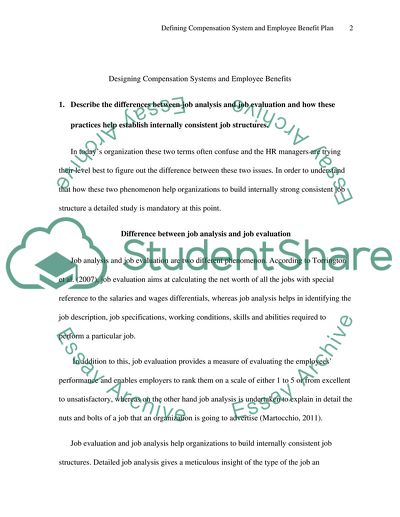Cite this document
(Designing Compensation Systems and Employee Benefits Assignment - 2, n.d.)
Designing Compensation Systems and Employee Benefits Assignment - 2. Retrieved from https://studentshare.org/human-resources/1766424-designing-compensation-systems-and-employee-benefits
Designing Compensation Systems and Employee Benefits Assignment - 2. Retrieved from https://studentshare.org/human-resources/1766424-designing-compensation-systems-and-employee-benefits
(Designing Compensation Systems and Employee Benefits Assignment - 2)
Designing Compensation Systems and Employee Benefits Assignment - 2. https://studentshare.org/human-resources/1766424-designing-compensation-systems-and-employee-benefits.
Designing Compensation Systems and Employee Benefits Assignment - 2. https://studentshare.org/human-resources/1766424-designing-compensation-systems-and-employee-benefits.
“Designing Compensation Systems and Employee Benefits Assignment - 2”, n.d. https://studentshare.org/human-resources/1766424-designing-compensation-systems-and-employee-benefits.


